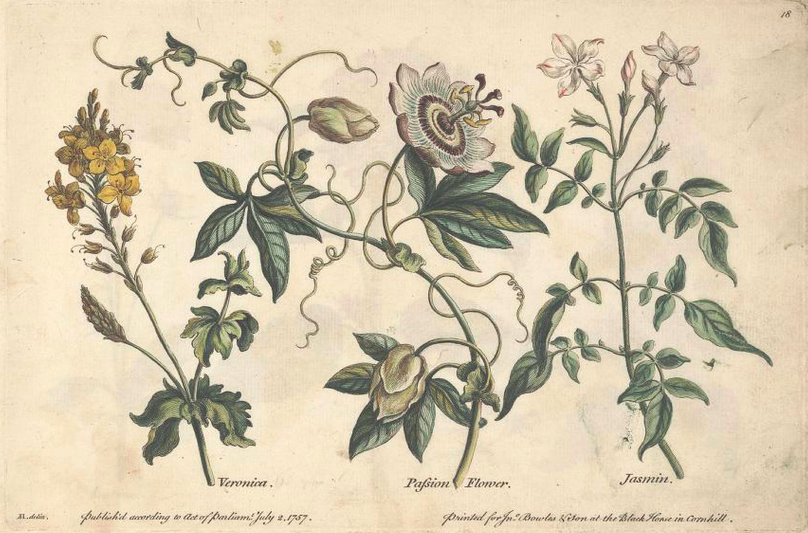Botanical Illustration: A Resurgence Of An Ancient Art Form?
You’re probably familiar with this ancient art without having paid much attention to it – that’ how commonplace botanical illustration is in our lives.
But how often have you taken the time to really study the art form, let alone wonder about it’s origins or the people behind the petals?
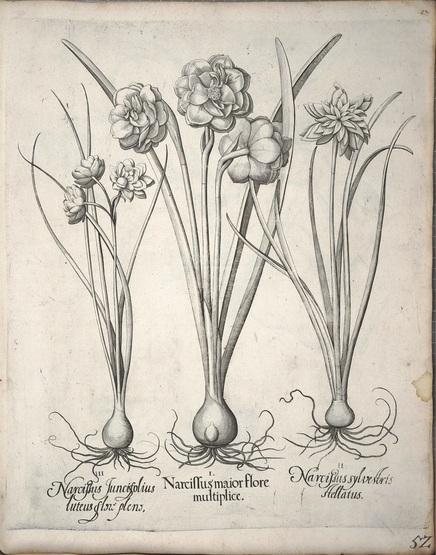 1.
1.
The art I’m referring to is Botanical Illustration, the topic of an upcoming Masterclass at The Yurt Academy.
Where did this art originate?
Well, the first books to include floral art were ancient books that outlined the medicinal uses of plants. The earliest of these books didn’t even benefit from the printing press, which had yet to be invented: they were painstakingly painted and reproduced by hand.
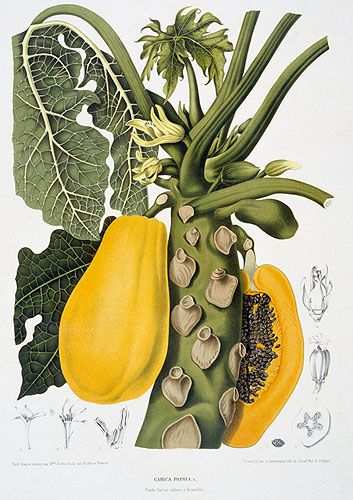
2.
When the printing press came along, there was a slightly more systematic approach to reproduction. Woodcuts were carved and engraved plates of the botanical illustrations, then coloured with paint by hand.
Even though medicine (and reproduction methods) have moved on since then, we were still benefitting from these illustrations well into the 20th century, through the field guides and documentation of botanists.
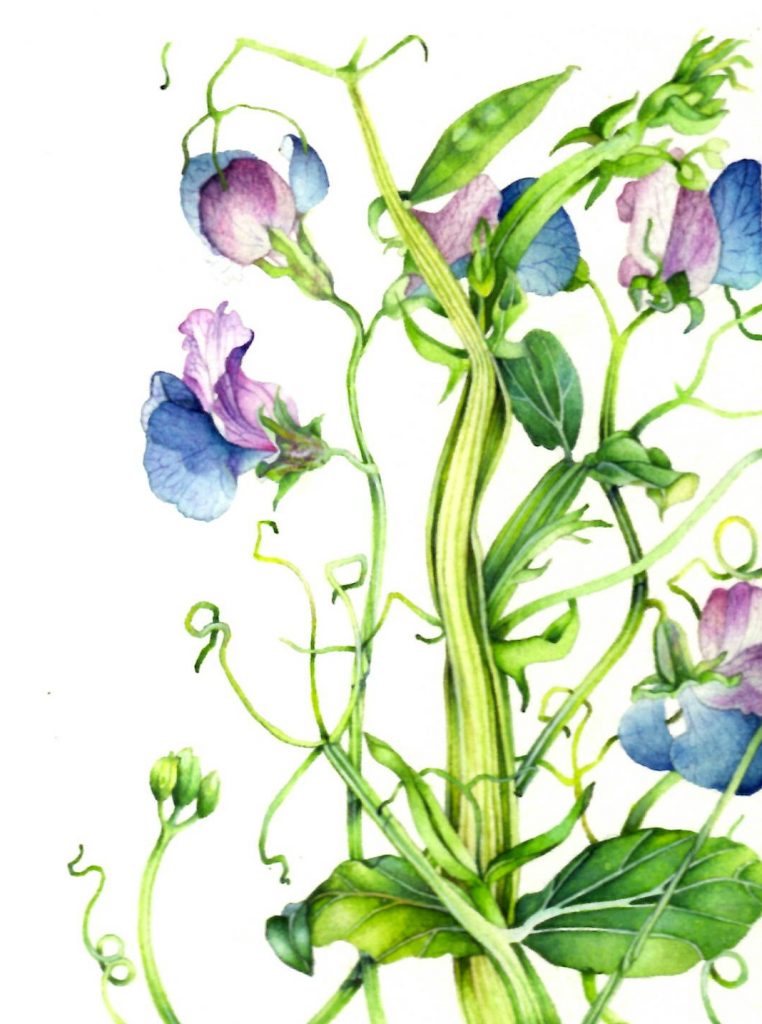
3.
Now, botanical artists still train in both botany and art, but the art form tends to lean more towards innovations in materials and compositional design, allowing the art to appear so real it looks like the subject can be lifted from the paper and placed in a plant pot!
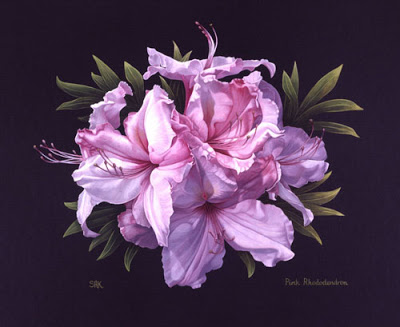
4.
If you’re interested in carrying on this fascinating tradition, why not try your hand at this Masterclass from award-winning illustrator, Cherry Denman.
You’ll learn the tricks, solutions and methods that Botanical Illustrators have used for centuries and be amazed at how your pencil skills improve in just this session alone. You’ll leave free to take your plant drawing abilities in any direction you choose.
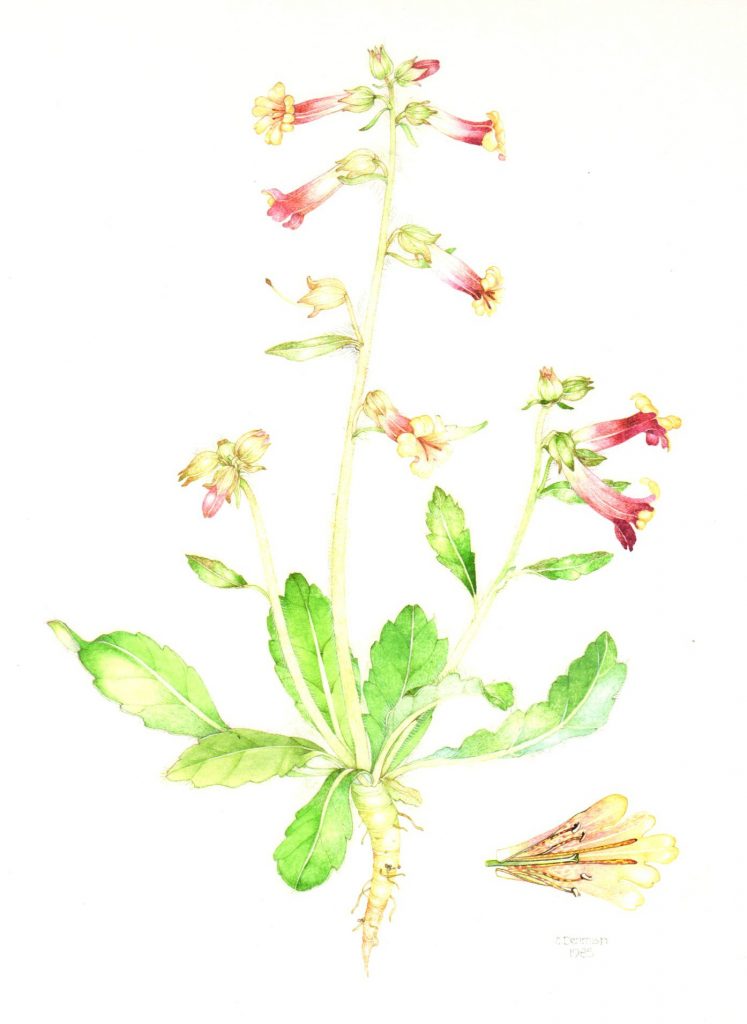
5.
1. Narcissi in Basilius Besler’s Hortus Eystettensis: Classis Vernae (1613) (page 52) (Source: Wikimedia Commons)
2. Carica Papaya by Berthe Hoola van Nooten (1863) (Source: National Museum Wales)
3. Sweet Peas by Cherry Denman
4. Pink Rhododendron Sally Keir (1938-2007) Gouache on board, 330mm x 380mm. Shirley Sherwood Collection
5. Cherry Plants by Cherry Denman

